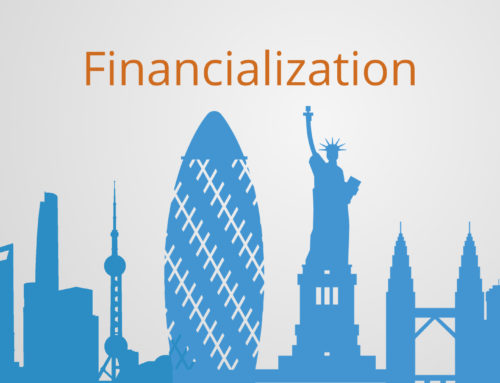Water-Energy-Food Nexus
Food, water and energy are essential for economic development and the well-being of every society around the planet. When we talk about the “environment” it is to a large extent this nexus that we are primarily referring to. The supply of these ecosystems services is a critical set of variables. But all are showing stress under increased demand and diminishing supply. This increased demand will mean somewhere between 50 and 100% more food by 2050. EIA projects that world energy consumption will grow by 56% between 2010 and 2040 with most of this growth coming from the non-OECD economies. Demand for water will also increase, it is projected that by just 2030 water supplies will satisfy only 60 percent of global demand.
Just to illustrate how these different domains are interrelated. Agriculture accounts for 70 percent of total global freshwater withdrawals, making it the largest user of water. Water is used for agricultural production, forestry and fishery, along the entire agri-food supply chain, and it is used to produce or transport energy in different forms. Water is used for extraction, mining, processing, refining and even generation of electricity through dams. Inversely energy is needed to pump water out of the grown and the irrigation of food requires the use of electricity. In this way they each enable each other but they also interact destructively through pollutants eg. water can pollute food, energy pollute water.
“The Water-Energy-Food Nexus describes the complex and interrelated nature of our global resources systems” - FAO
These linkages have always been present, but with the increase in human intervention within Earth’s systems and the development of our industrial infrastructure has come the need for a more complex networked approach to the management of these vital resources. We often look at these different resources as separate domains, focusing on agricultural development or energy without thinking about how they are interrelated. But the interconnections are becoming more apparent. One of the clearest examples of this being the 2007 food crisis, where the production of maize for biofuels instead of food stuff resulted in a knock-on effect to food prices. looking at them in isolation and trying to optimize one element separately can often result in suboptimal overall outcomes. This nexus of environmental interactions are complex and dynamic and cannot be looked at in isolation from one another and importantly, they exist within a wider environmental context that needs to be taken into account.
Underlying the Water-Energy-Food Nexus paradigm is a holistic vision of sustainability that recognises and tries to strike balance between the different goals, interests and needs of people and the environment, it recognizes that socio-ecological systems are complex, that if you pull on one part here you will effect another over there. A nexus perspective increases the understanding of the interdependencies across the water, energy and food sectors and looks at how they may affect climate change and biodiversity. A nexus-based approach tries to reduce trade-offs and build synergies across sectors recognizing that it may not be possible to solve a problem within one domain without solving an interrelated one in another domain. Thus it aims to increase opportunities for mutually beneficial responses and enhancing the potential for cooperation between and among all sectors. As with all interdisciplinary approaches it recognizes that interdependencies lead to the need for a collaborative approach, the need to develop multi-stakeholder platforms.





